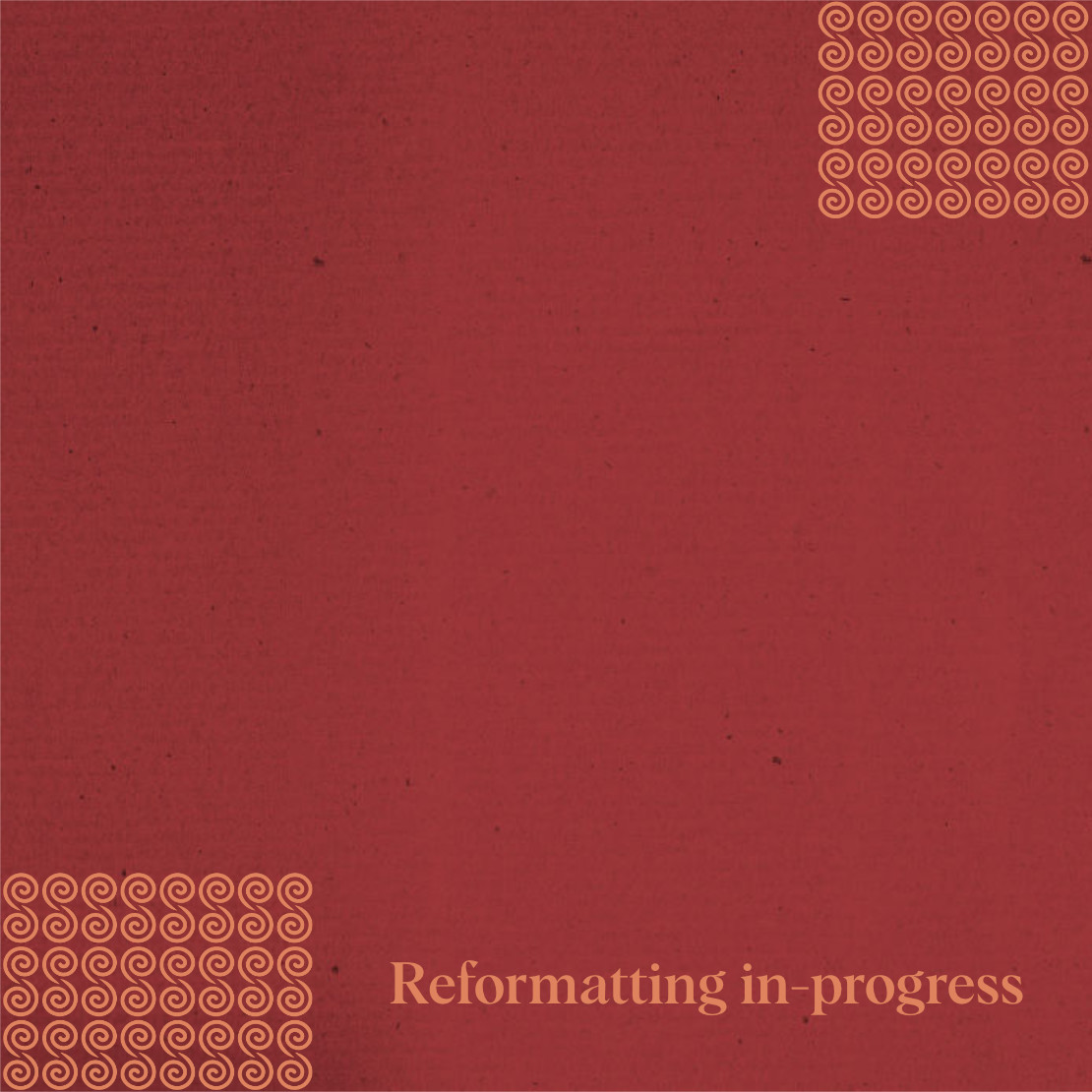Psalm 121 Academics
Academic Resources
Explore our academic Psalms resources for Psalm 121, including our Layer-by-Layer analysis, select Exegetical Issues, and Overview Videos.
Overview 
- This page will introduce and provide orientation to Psalm 121 as a whole. It covers the message, structure, background and participants of the psalm.
Layer-by-Layer Analysis 
- The heart of our process is our layer-by-layer exegetical analysis, where we unfold the semantics, story behind, discourse, and poetics of each psalm.
Grammar & Semantics
Semantics is the study of how language is used to represent meaning. The goal of semantic analysis is to understand the meaning of words and how they relate to each other in context. Our Semantics analysis consists of the following sub-layers:
- Grammar & Textual Criticism
- Lexical Semantics
- Phrase-Level Semantics
- Verbal Semantics
Story Behind
The Story Behind the Psalm shows how each part of the psalm fits together into a single coherent whole. Here, we analyze the meaning of sentences and larger units of discourse, up to and including the entire psalm. This also include historical background and figurative imagery.
Discourse
Our Discourse Layer moves beyond semantic-level meaning, and analyzes features of the text dependent on the speaker, addressee, and macrosyntax.
Poetics
Exploring the Psalms as poetry is crucial for understanding and experiencing the psalms and thus for faithfully translating them into another language.
Verse-by-Verse Notes 
- Explore the psalm verse-by-verse and section-by-section.
Psalm 121 Exegetical Issues 
- These issues examine the top three tough questions for each psalm, explaining different scholarly interpretations, and offering our perspective.
- The second clause of Ps 121:1 could be read as either a direct question (e.g., "From where does my help come from?"), relative clause (e.g., "[the hills] from whence my help comes"), or indirect question (e.g., "[I lift my eyes to see] from where my help comes"). This syntactic problem is related to a larger semantic problem: What does this verse mean? Specifically, what are "the mountains" in v. 1b, and what does it mean to "lift one's eyes to" them? And how do these mountains relate to the "help" mentioned in v. 1b? How one answers these questions has a big impact on how one understands the whole psalm.
- Within Ps 121, there is a shift from first-person language in vv. 1–2 to second-person language in vv. 3–8. This person shift raises questions about the psalm's speech situation. At the most basic level is the question of whether Psalm 121 is a monologue (i.e., a discourse with one speaker) or a dialogue (i.e., a discourse with two different speakers).
- The clauses of Psalm 121:3 (אַל־יִתֵּ֣ן לַמּ֣וֹט רַגְלֶ֑ךָ אַל־יָ֝נ֗וּם שֹֽׁמְרֶֽךָ׃) could be construed as either assertives (e.g., "He will not let your foot be moved; he who keeps you will not slumber"; ESV) or directives (e.g., "May he not allow your foot to slip! May your protector not sleep!"; NET). The disagreement centers around the verse's use of the negator אַל.
Psalm 121 Videos 
- There are no videos currently available for this psalm.




